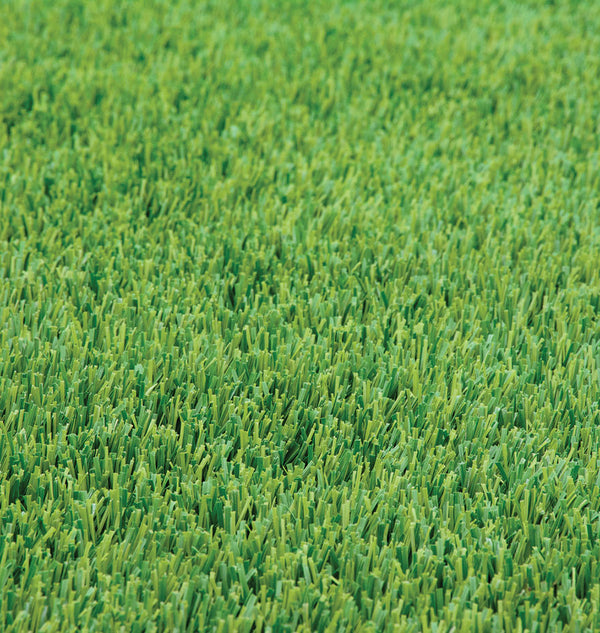Shipping delays expected due to Canada Post strike. We're working with other carriers and are temporarily unable to ship to PO boxes.
Thank you for understanding.
Introduce a friend to organic growing. Send them $10 off their first order and get $10 off your next order.
Support Food Banks Canada with every dollar spent — 15% sales donated from Black Friday to Cyber Monday.
Time remaining:
Time remaining:

















